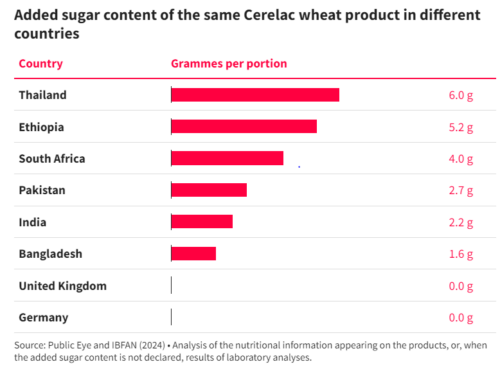USDA finalizes rule declaring Salmonella an adulterant in ONE chicken product. More to come I hope.
As I’ve said before, USDA is at long last taking a first step toward declaring Salmonella an adulterant on poultry products.
Here’s the headline: USDA Finalizes Policy to Protect Consumers from Salmonella in Raw Breaded Stuffed Chicken Products: an adulterant in raw breaded stuffed chicken products when they exceed a specific threshold (1 colony forming unit (CFU) per gram or higher) for Salmonella.
And here’s the Advance Copy of Final Rule: Salmonella in Not-Ready-To-Eat Breaded Stuffed Chicken Products.
What this rule means: raw breaded stuffed chicken shown to have more than one colony forming unit of Salmonella (basically none) cannot be sold. Period.
I have long argued:
- Chicken should be free of pathogenic bacteria when we buy it.
- We should not have to run our kitchens like biohazard laboratories.
- Poultry producers should be responsible for eliminating pathogens in their flocks.
Finally, the USDA is taking some action on this. It promises to start rulemaking on other chicken products. This can’t come too soon.
As for the chicken industry, alas: NCC [National Chicken Council] Expresses Grave Concerns with New FSIS Salmonella Regulation
NCC is gravely concerned that the precedent set by this abrupt shift in longstanding policy has the potential to shutter processing plants, cost jobs, and take safe food and convenient products off shelves, without moving the needle on public health….“NCC estimates that on an annual basis, over 200 million servings of this product will be lost, 500-1000 people will lose their jobs, and the annual cost to industry is significantly higher than USDA’s estimates. It is likely that this proposal would drive smaller producers of this product out of business entirely.
If you want to know why it’s taken the USDA so long to get this done, and only in one product, the NCC is your answer.
Additional resources



